The world's most popular mobile OS turns 10 years old today
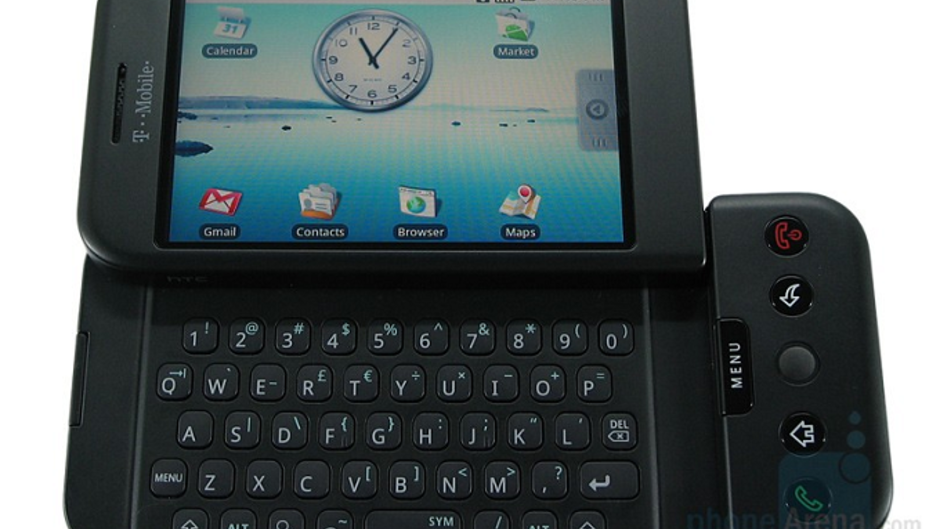
Ten years ago today, the most popular mobile OS in the world was introduced as the first Android powered phone, the T-Mobile G1, was announced. The handset, built by HTC, featured a QWERTY slider, and was equipped with a trackball. At the time, T-Mobile wasn't the innovative carrier it is today, so the release of the G1 (aka the HTC Dream) was clearly a test of the software.
The first publicly released build of Android (v1.1) was missing a few things such as a native video player, and a virtual QWERTY keyboard. The update to Android 1.5 Cupcake took care of the latter, and the Android Market offered apps to fill in some of the blanks. But the important thing was that Android offered customizations not available on the Apple iPhone 3G.
Android did not go straight to the top of the charts. It wasn't until Verizon released the Android 2.0 powered Motorola DROID on November 5th, 2009, that Google's open source mobile OS was stuffed inside hardware that could challenge the iPhone. Motorola and Verizon teamed up to produce the DROID Does ad campaign. Taking an obvious shot at the iPhone, the tag line was that everything iDon't, DROID Does. Starting with Android 2.2 Froyo, the OS started supporting Adobe Flash. Google hoped that this would differentiate Android handsets from the iPhone, but Flash ended up a disaster for Android users instead. It hogged resources and made Android phones supporting it lag badly.
Following up on the success of the DROID, Google released the Nexus One. Not only did it feature the strongest hardware to date for an Android phone, it kicked off Google's Nexus program. Nexus handsets featured stock Android, which meant that they were the first handsets to receive updates. This was a big selling point; with Android used by multiple manufacturers, rolling out updates required each manufacturer to run tests. This so-called fragmentation still occurs today and is the reason why less than .1% of active Android phones are running the latest version of Android. Google ended the program with 2015's Nexus 6P and Nexus 5X, replacing it with its own line of Google Pixel handsets.
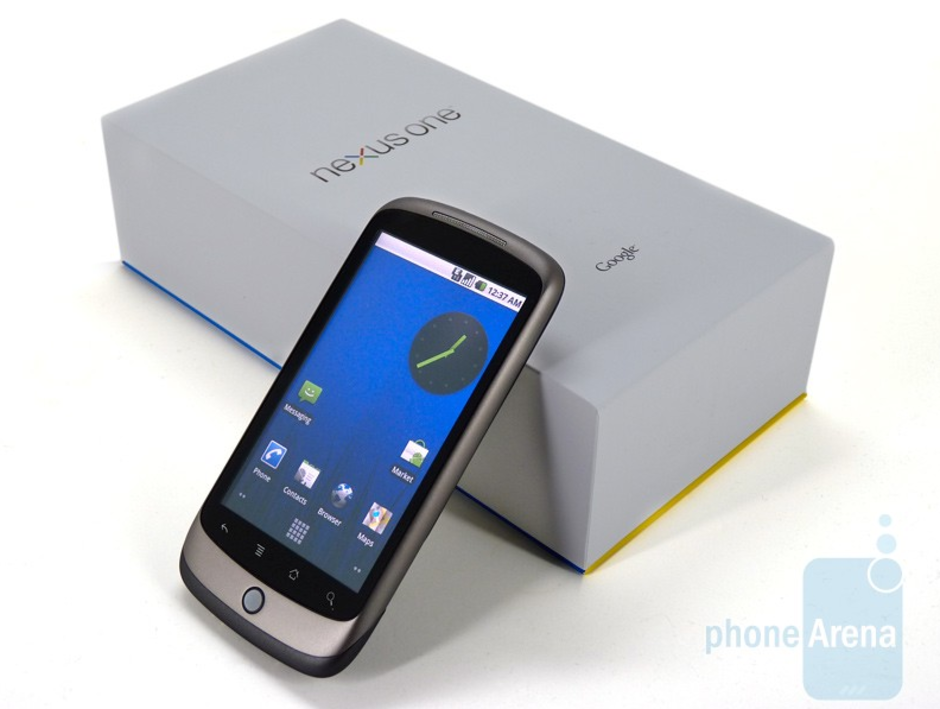
2010's Nexus One was the most powerful Android phone at the time
Unlike the rigid iPhone, which at the time had just one screen-size (3.5-inches), Android manufacturers were already looking to see how they could stretch the hardware. Phones like the Motorola DROID X carried a 4.3-inch display. By the third quarter of 2010, Android was the second most popular mobile OS in the world with 25.5% of the global smartphone market, trailing only the 36.6% share belonging to Symbian. Apple's iOS was third with a 16.7% slice of the pie. The year before, Symbian was loaded on a leading 44.6% of handsets and BlackBerry OS was on 20.7%. Android was an afterthought with a 3.5% market share.
The very next quarter, Q4 of 2010, Android became the most popular mobile OS, found on nearly one out of every smartphones. Symbian dropped to second (30.6%), and iOS (16%) was third. Manufacturers like HTC continued to experiment by releasing phones such as the EVO 3D. After a rocky debut, Samsung's Galaxy S line struck smartphone gold with the Galaxy S II, and Motorola was the first to grace a smartphone with a fingerprint scanner (Motorola Atrix 4G).
In 2011, Google rolled out Android 3.1 Honeycomb for tablets, and Ice Cream Sandwich 4.0 for phones. The Motorola XOOM slate was the first to feature Honeycomb, which offered a two panel view for email and contacts. But Google killed off Honeycomb fairly quickly, seeing no reason to offer two separate operating systems for phones and tablets. As the years went by, Android went from strength-to-strength. There was Jelly Bean, the big commercial tie-up with KitKat, Lollipop, Marshmallow, Nougat and Oreo. The latest version, Android 9 Pie, is currently available for the Pixel handsets, the Essential Phone and the OnePlus 6.
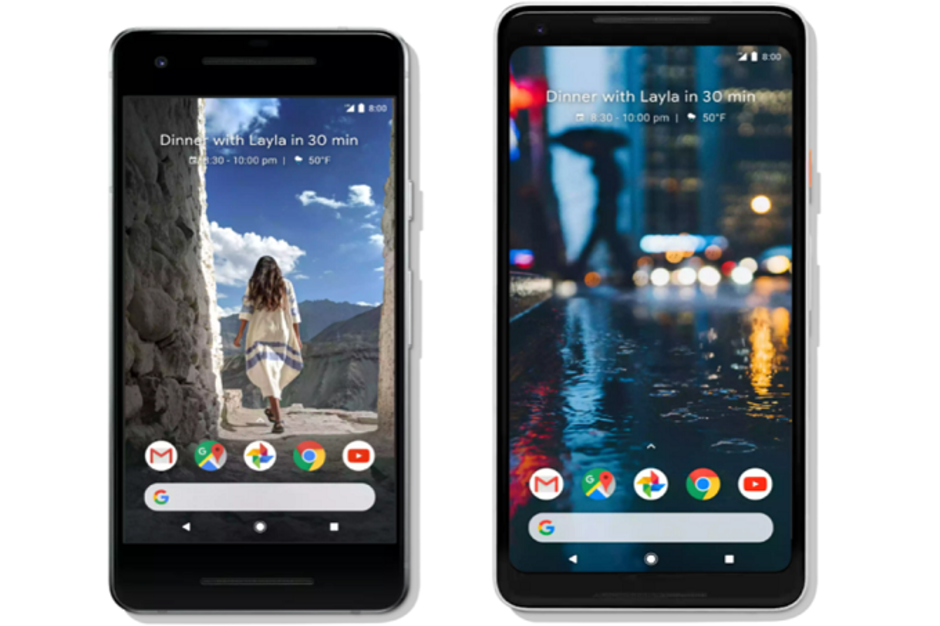
The Google Pixel 2 and Pixel 2 XL feature stock Android and first dibs on updates
Today, Android dominates the smartphone market. According to Statista, during the second quarter of 2018, 88% of smartphones purchased world-wide had Android installed. Apple's iOS was next with an 11.9% share.
10 years ago today, Android was unveiled and even though it showed promise, no one could have imagined how dominant it would turn out to be. So blow out the candles and sing Happy Birthday to the most popular mobile OS in the world.
source: Statista
Follow us on Google News

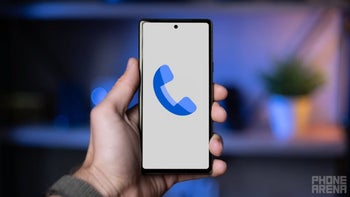
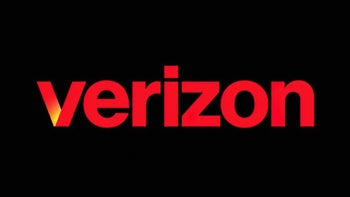
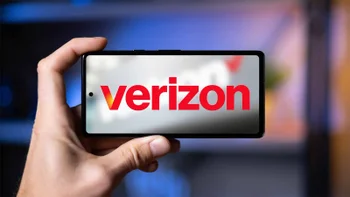

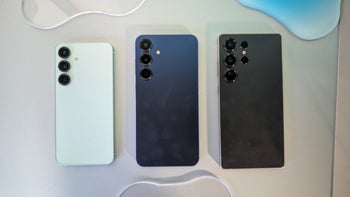



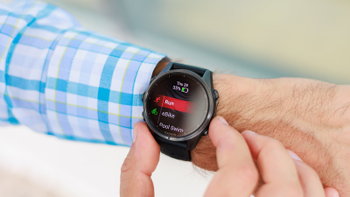
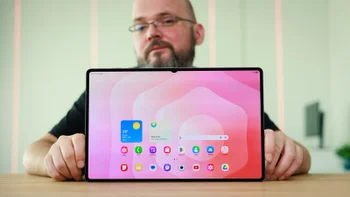
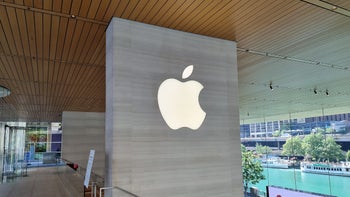
Things that are NOT allowed:
To help keep our community safe and free from spam, we apply temporary limits to newly created accounts: